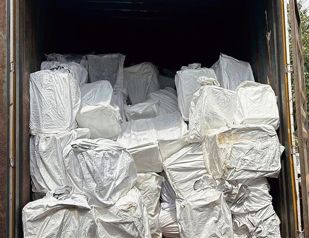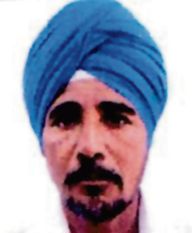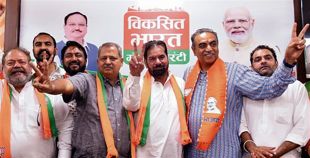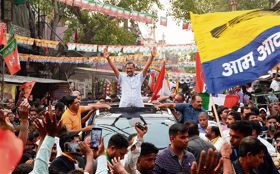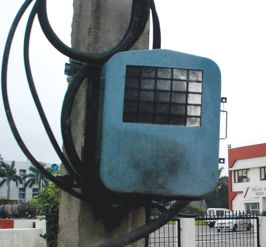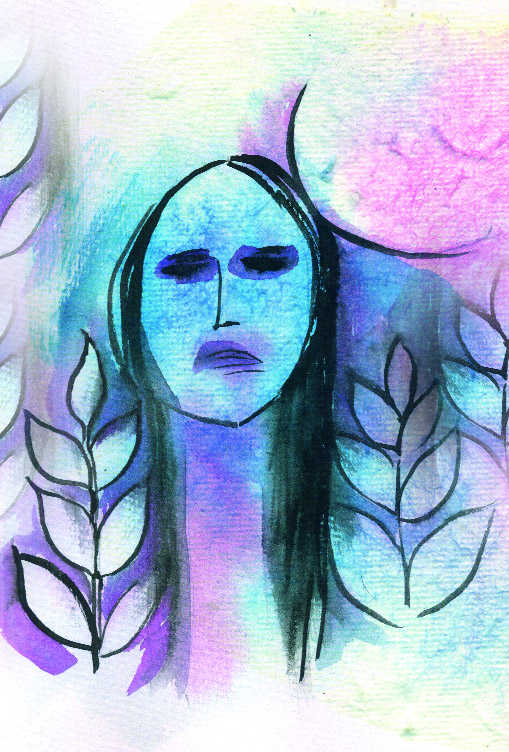
.
Shafi Shauq
Literature in the Kashmiri language, with a glorious literary past spread over 700 years, has come to a sudden standstill or is stinking of clichéd expressions. The social and cultural realities prevailing in the Kashmiri-speaking areas of the state have cast their shadow on the contemporary Kashmiri literature. Deprived of interaction with a responsive audience, it might be exhibiting copiousness and plenitude of publications, mostly in the field of ‘poetry’ (eroto-mystic), but there is complete atrophy of imagination. The earlier situation of reading from other languages and drawing upon inspiration from the milieu has ended as well.
Most of the prominent fiction writers and genuine poets, considered the makers of the modern Kashmiri literature, are dead. Amin Kamil, Akhtar Mohiuddin, Harikrishna Kaul, Arjan Dev Majboor, Ghulam Nabi Firaq, Moti Lal Kemmu, GN Nazir and many others, whose contributions can be compared with the works of developed languages, passed away in quick succession. It is horrifying to note that except for a few younger poets like Satish Vimal, Shahnaz Rashid, Nighat Sahiba, and Nisar Azam, there is hardly any writer, even for the namesake below 55.
Whatever genuine poetry and short fiction is being produced is by senior writers like RL Shant, Hradaay Kaul Bharti, Naji Munwar, Chaman Lal Hakhoo, Makhan Lal Pandita, Farooq Nazki, Mishal Sultanpuri, S Razi, Zareef Ahmad Zareef, Naseem Shafai, Ali Shada, Mushtaq Ahmad, Yaqoob Dilkash, Ismail Aashna, Manshoor Banihali and some others.
The void of five-and-half-decades is a huge gap in the history of a literature. Lack of readers, absence of critical assessment, almost negligible interdisciplinary literary reading, trifling number of journals, magazines and news papers, and above all stifling restriction on freedom of expression, coercion and intimidation have resulted in replacement of genuine creativity by cultural activism for jobs, awards, committee memberships and pseudo-intellectualism.
Unfortunately, Sahitya Akademi, the state cultural academy, and other institutions have encouraged a semblance of literary activity in terms of seminars, grants for publications and patronage to literary bigwigs. Now the situation is that ‘boy in late teens who has never written even a line nor has read any poet or writer’ can represent Kashmiri literature at national events. The handful of such imposters, who have worked havoc with the language, are practically involved in a sort of mafia — all in the name of ‘preserving’the Kashmiri language.
There are many good translations of world classics available in the language, but none of these have found readers or evaluators.
The institution of awards and ‘chairs’ and fellowships have toppled the literary standards. The literary ‘big-shots,’ three or four in number, omnipresent at all events, have managed to use every opportunity to their own advantage. Take for instance the award for children’s literature. Everyone wants to write a book that fits the bill and get it published. Before the award for the literature genre was announced, no one even bothered to try his hand at the segment.
In the name of women writers, there are some ‘senior writers.’ Writing helps them to eke a little out of the vocation. A few wannabe ones have overshadowed the genuine women writers.
Teaching Kashmiri literature at the post-graduate, undergraduate and school levels has also proved detrimental to the state’s literature. Ill-written notes of successive batches of students get circulated and are used as saleable commodity. With a teaching experience of 35 years at the university level, I can say it with confidence that I am yet to find a genuine reader, though thousands of young men and women have qualified the exams and are working as teachers.
Writing MPhil and PhD dissertations is also a profitable engagement. The university and college teachers have no time to indulge in serious literature as they are caught in the vicious circle of setting question-papers and evaluating answer-sheets. Despite earning huge salaries, they vie to make more money by getting more evaluation work.
The writers have deliberately made Kashmiri-writing skills extremely complex, so that the whole pedagogy is wasted in teaching correct use of diacritical marks for Kashmiri vowel sounds. Right from the primary-level education to post-graduation, teachers stress on teaching gratuitous diacritical marks. There are hardly any teachers of diacritical marks who are competent enough to use them with accuracy. Reducing a language to so called ‘correct’ use of graphemes for phonemes is a travesty of the noble purpose of teaching the first language. I do not use the phrase ‘mother-tongue’ as mother has nothing to do with the language. No science can prove any vital relation between a language and the DNA or blood. A language is nothing but a communication tool used in a specific society in a specific context.
I have had great opportunities to participate in numerous national and international events. I know it from several first-hand experiences that the deplorable condition of contemporary Kashmiri literature is not worse than the condition of other regional languages of India. They say that the case is better with South Indian languages, besides Bengali and Assamese.
— The writer is recipient of the Sahitya Akademi Award and editor, translator of many books
What all is amiss in the modern text?
The most popular books in Kashmiri are the ones written by the 19th century Sufi poets. However, among the contemporary Kashmiri literature books, readers usually prefer those which help them ace exams like public service commission tests, or literature concerning television and radio production. Dearth of readers of modern Kashmiri literature is because they are indifferent to the innovations in styles and themes. They are rather comfortable with set patterns. Their conformity to the old style is not letting the new literature flourish. Young authors too need to experiment with their expression and writing style to attract more readers and make literature relevant for coming times.





















